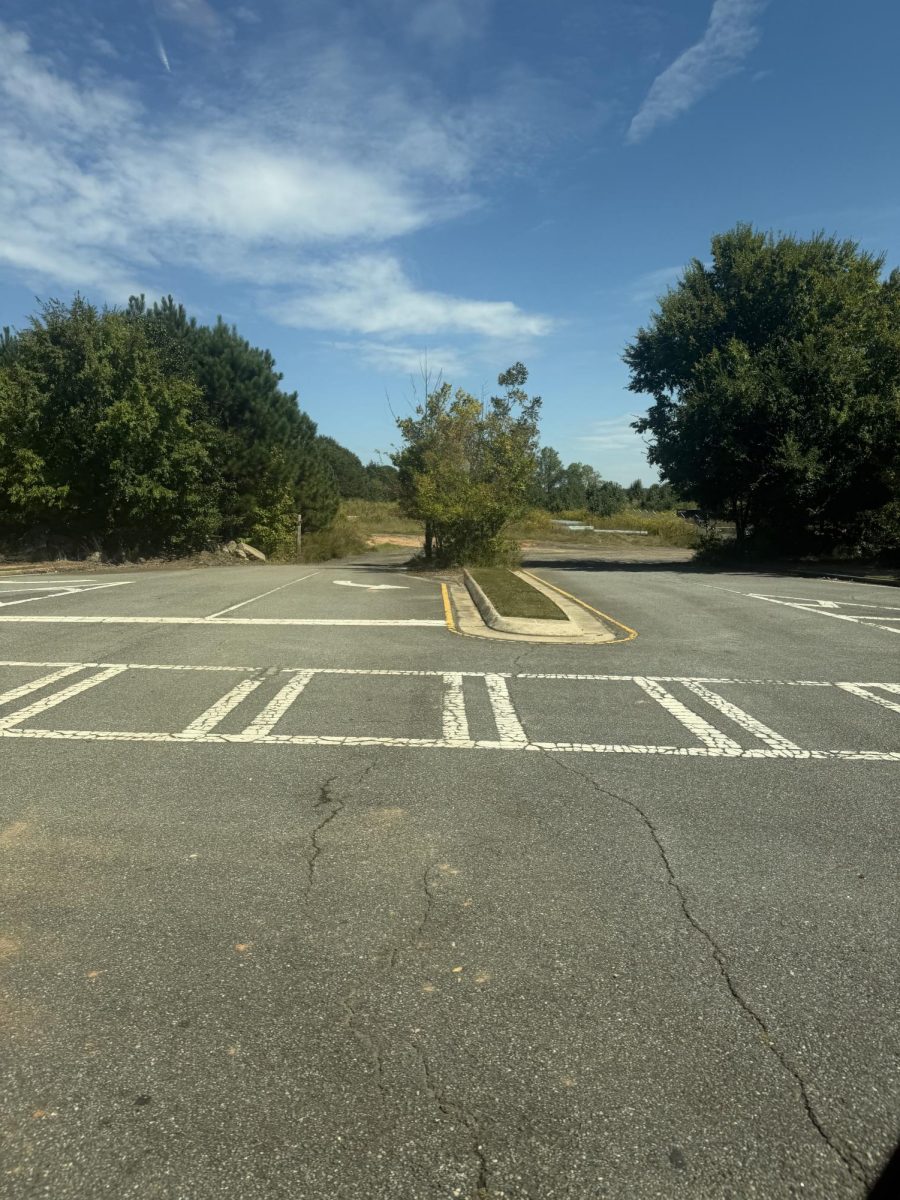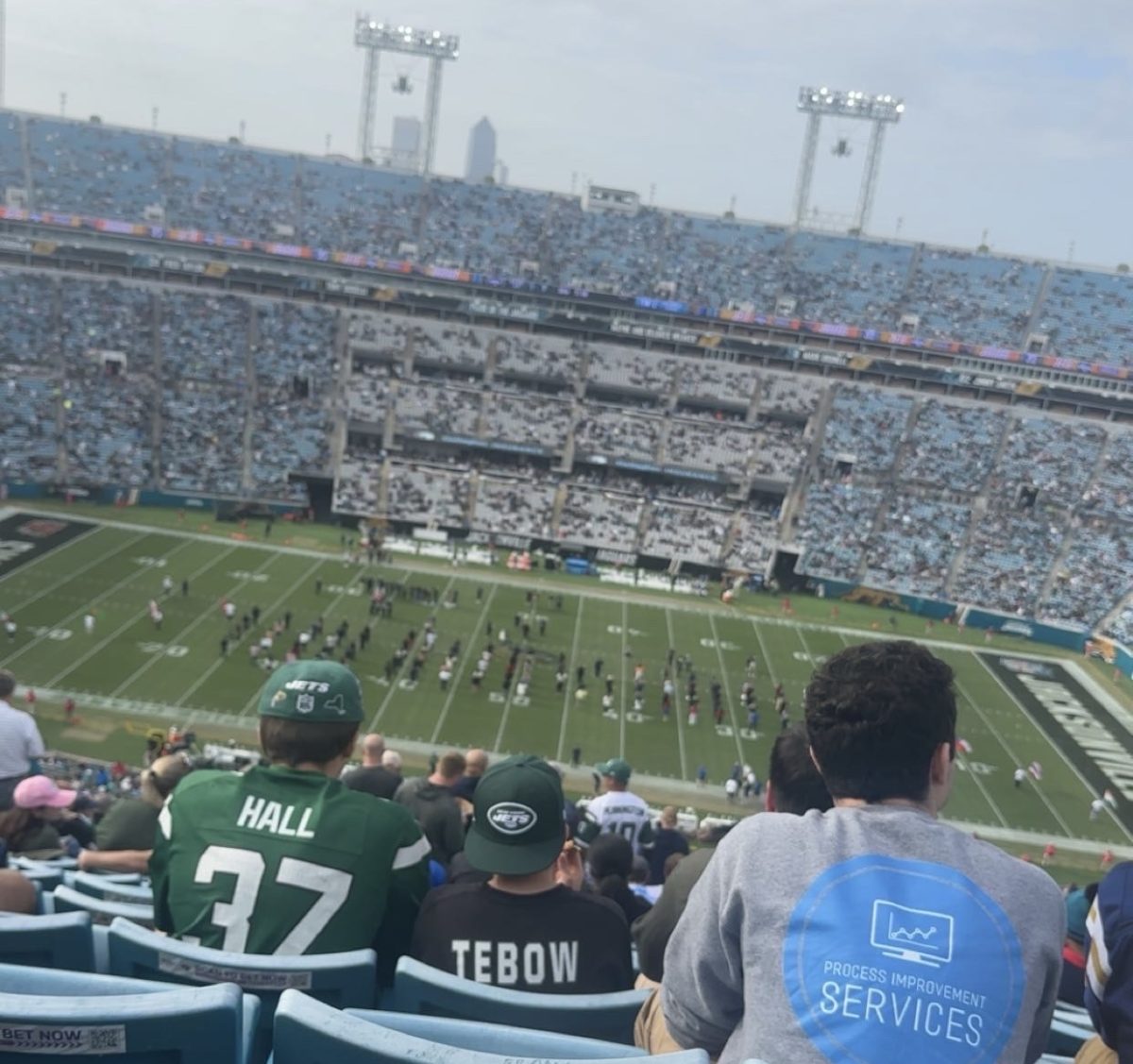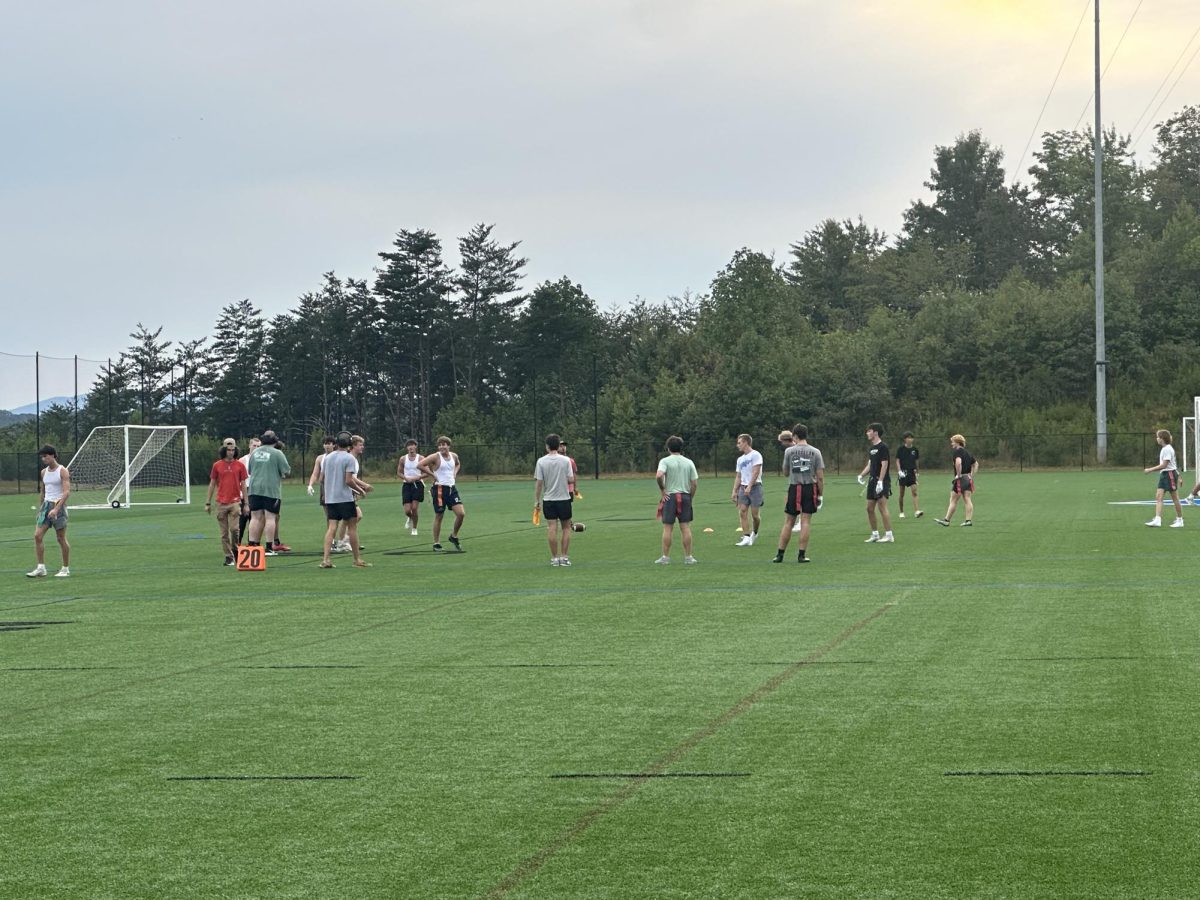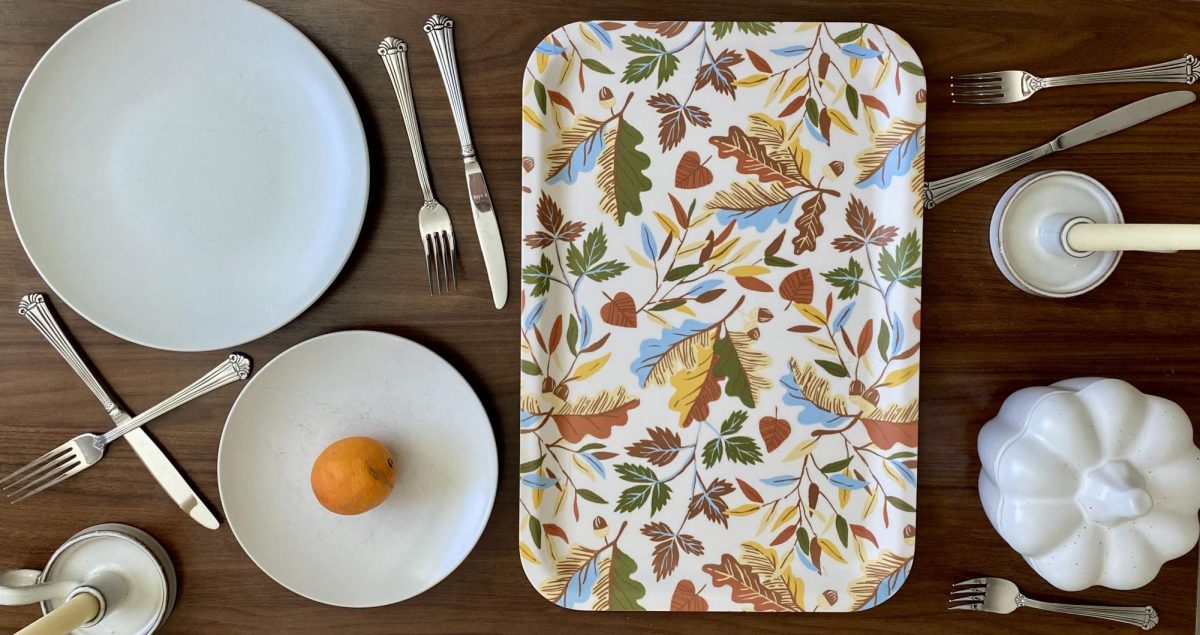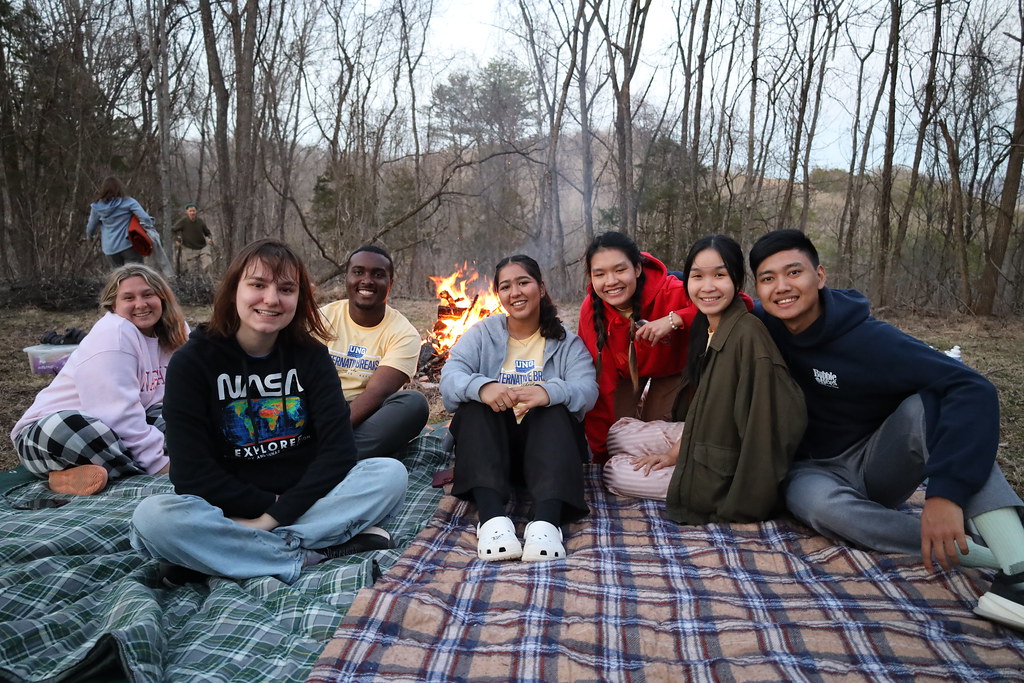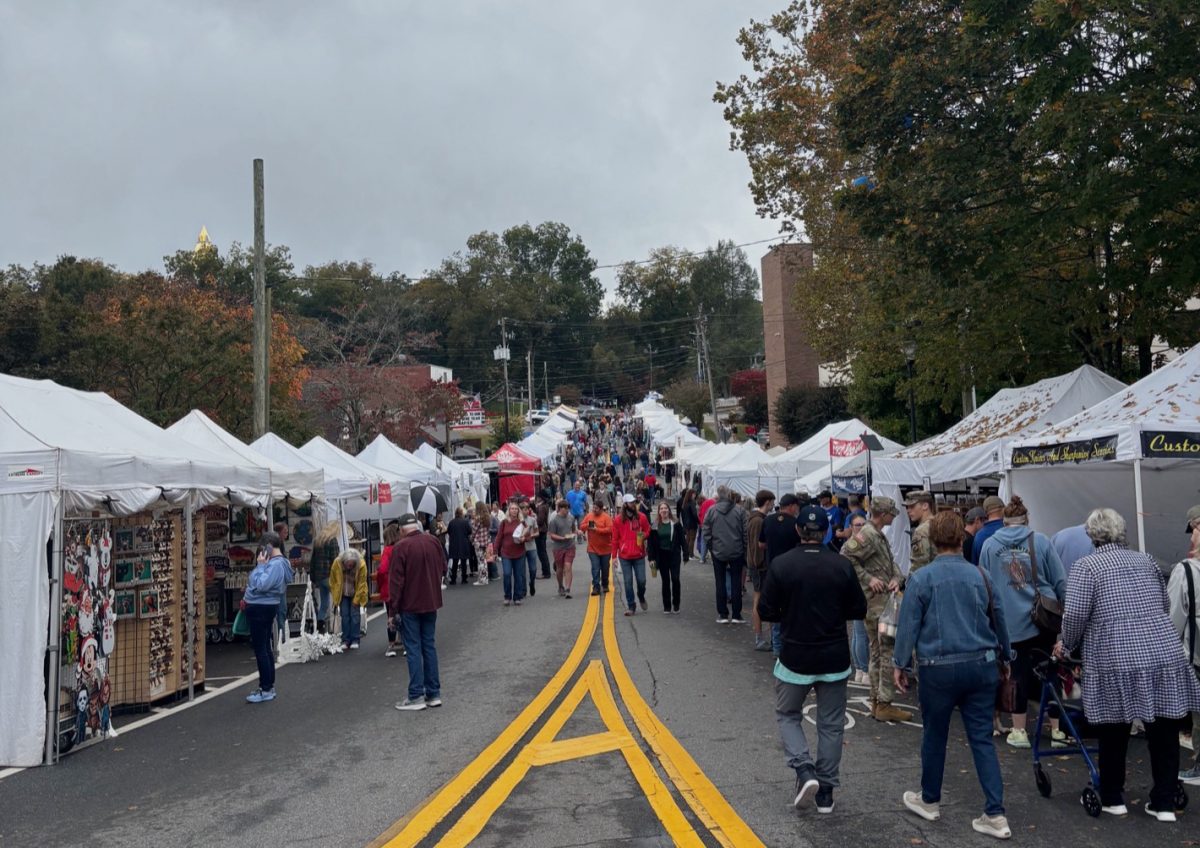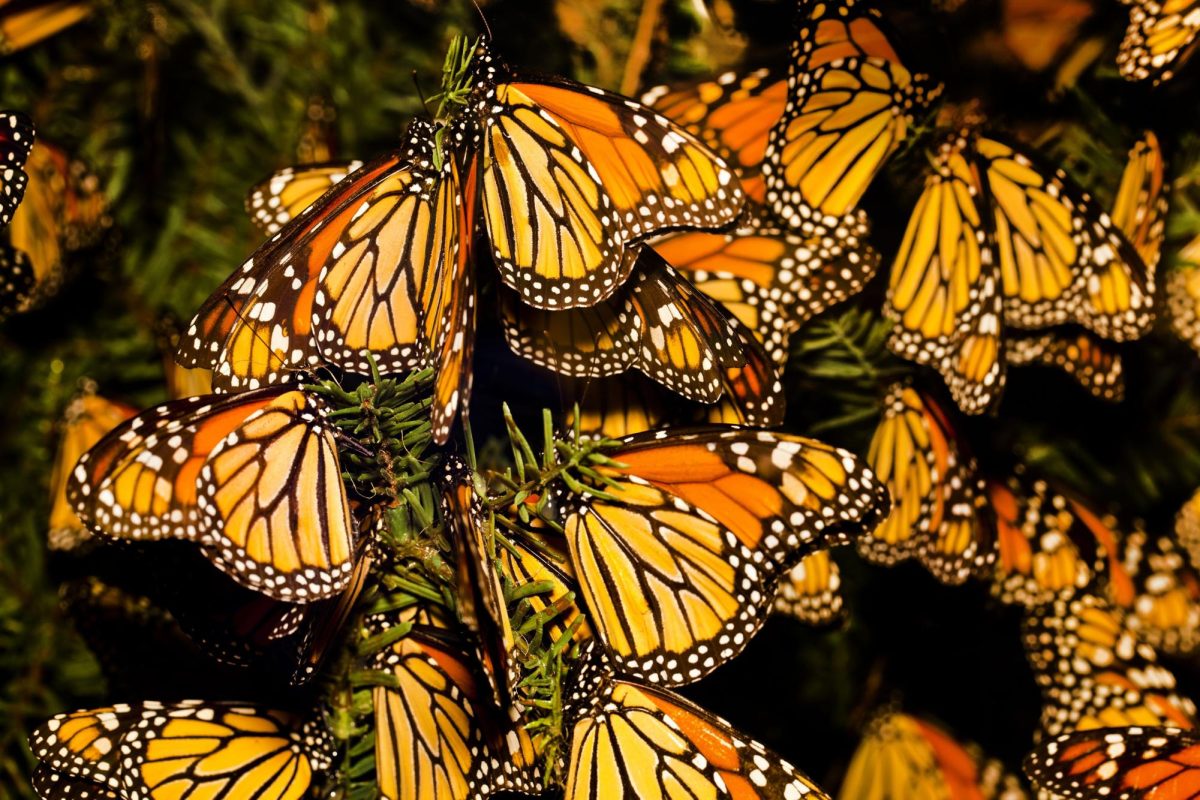As the sun begins to shine and the plants begin to blossom in spring, animals and insects will be migrating back north. One of the quickest species to notice are the monarch butterflies tracing the sky. This year, their migration may look different.
A 2024 World Wildlife Foundation survey found that eastern migratory monarch populations have dropped by 59%.
“These little guys are important pollinators and contribute a great deal to our ecosystem,” said Kate Okes, a butterfly keeper at the Dahlonega Butterfly Farm.
The loss of this butterfly species impacts food systems and ecosystem health and has the potential to affect other pollinators and wildlife. Butterflies pollinate many plants such as fruits, vegetables and flowers.
“Most plants that require pollen to reproduce would disappear with them,” said Okes. “The wind plays a factor but those bugs do the heavy lifting.”
Populations have begun dropping significantly due to loss of their primary host plant, the milkweed. This loss is caused by a widespread use of herbicides in agriculture, specifically glyphosate on genetically modified crops.
Although these herbicides can have a positive impact by killing weeds in crop fields, this killing includes the milkweed plant.
Climate change and pesticide exposure has also significantly reduced monarchs’ breeding grounds and accessibility to nectar which is necessary for their survival.
“The monarch butterfly can only lay her eggs on the milkweed plant, and that’s where a specific plant gets a lot of its pollination from so it can reproduce,” Okes said.
Okes mentions how urbanization and deforestation are other causes for the decline of these vital plants.
The U.S. Fish & Wildlife Service recommends planting supporting monarch habitats. This includes planting native milkweed and flowers to reverse the decline of this butterfly species.
“Nothing would change without optimism. If the public really pushed for habitat restoration and pollinator friendly practices, there would definitely be an increase in the monarch population!”- Kate Okes, Butterfly Keeper at the Dahlonega Butterfly Farm
Keeping plants and seeds that are locally sourced is another way to preserve local pollinators. These plants can benefit local water quality, soil health and ecosystem resilience. Taking care of local plants and native milkweed helps to benefit grassland species.
Monarch butterflies are not yet considered endangered, although the U.S. Fish and Wildlife Service has proposed to list this species as threatened under the Endangered Species Act.





